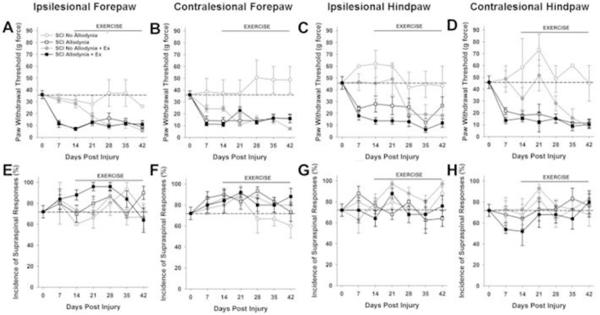Figure 1. Exercise therapy initiated at 14 dpi is ineffective.
The paw withdrawal threshold for the ipsilesional (A) and contralesional (B) forepaw as well as ipsilesional (C) and contralesional (D) hindpaw was recorded prior to and after spinal cord injury over a period of 42 days. Two behavioral cohorts emerge after SCI, No Allodynia that maintain tactile thresholds at or near normal values (dashed line) and those that exhibit a significant reduction in paw withdrawal threshold (SCI Allodynia). These responses occurred by 14 dpi and persisted through the end of the study. SCI Allodynia rats that began exercising at 14 dpi did not show any attenuation of tactile hypersensitivity and maintained allodynic paw withdrawal thresholds (SCI Allodynia + Ex). SCI No Allodynia rats that began exercising at 14 dpi developed paw hypersensitivity by 28 dpi that persisted (SCI No Allodynia + Ex) All rats produced supraspinal behaviors in conjunction with a positive response to tactile stimulation of the forepaws (E, F) or hindpaws (G,H), regardless of the presence or absence of tactile allodynia. The normal incidence of supraspinal responses is denoted by the dashed line. Even after injury, the incidence of supraspinal responses was not significantly different than a normal rat (p>.05). (#p<.05 for SCI Allodynia, SCI Allodynia + Ex vs. Naïve, SCI No Allodynia, SCI No Allodynia + Ex; $p<.05 for SCI Allodynia, SCI Allodynia + Ex vs. Naïve, SCI No Allodynia; *p<.05 for SCI Allodynia, SCI Allodynia + Ex, SCI No Allodynia + Ex vs. Naïve, SCI No Allodynia)

